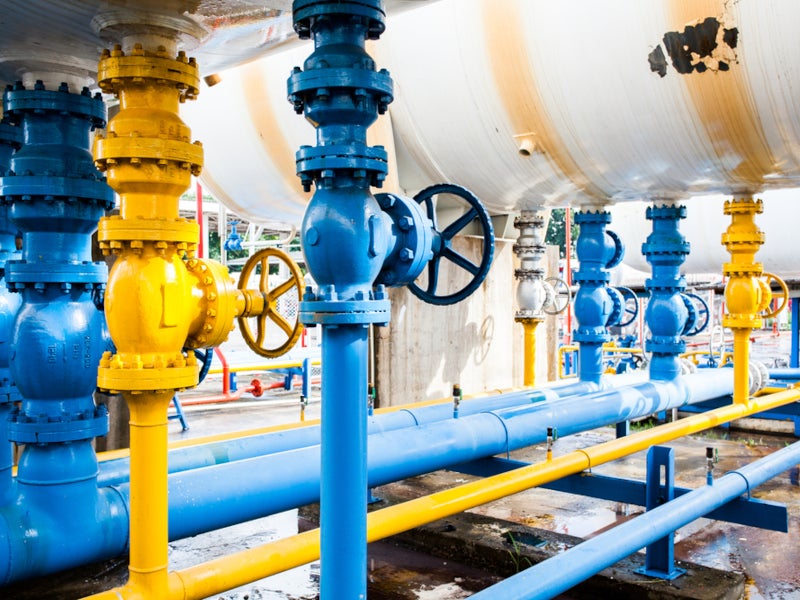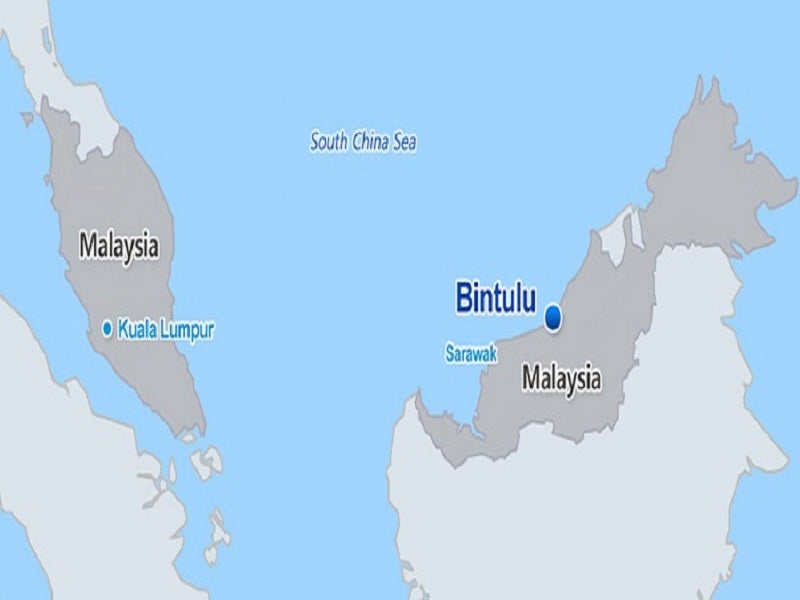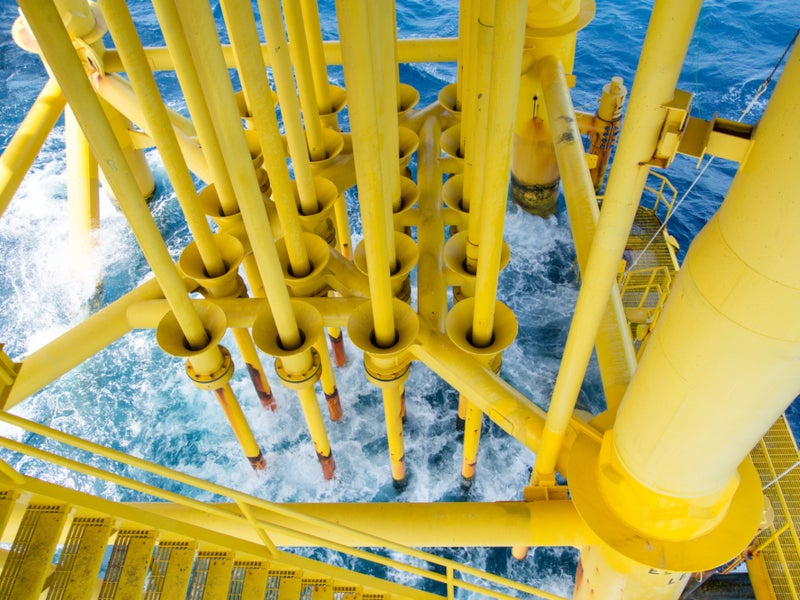Rosmari-Marjoram is a proposed sour gas field development located in Block SK318, offshore Sarawak, Malaysia.
Sarawak Shell Berhad (SSB), a Malaysian subsidiary of Shell, has 75% ownership and is the operator of the gasfield. Petronas subsidiary Petronas Carigali holds a 15% stake in the field while Brunei Energy Exploration owns the remaining 10% stake. The estimated investment in the project is $1bn.
Location
The project is being developed as part of the block SK318 exploration and production sharing contract.
The block is situated about 200km offshore Malaysia. The water depth in the area ranges between 200m and 1,000m.
Discovery details
Shell discovered gas reservoirs in the Rosmari-Marjoram gasfield in 2014. The Rosmari-1 gas discovery was made by the Rosmari-1 well in April 2014. Located 135km off the Malaysian coast in Block SK318, the well was drilled to a total depth of 2,123m and hit more than 450m of gas column.
The Marjoram-1 well made a discovery in the same block in August 2014. This well is situated at a water depth of 800m, 180km offshore Malaysia.
Rosmari-Marjoram field development plan
The Rosmari-Marjoram sour gas field development will include offshore infrastructure and an onshore gas treatment plant in Bintulu, Sarawak.
The offshore infrastructure will comprise a wellhead platform, subsea infrastructure and pipeline to export the gas to the onshore plant.
The Rosmari-Marjoram development forms the first phase of the Sarawak Integrated Sour Gas Evacuation System (SISGES) project.
In June 2022, the Sarawak Economic Development Corporation (SEDC) signed an agreement with Petronas, SSB and PTTEP HK Offshore for a lease of land to build an onshore plant complex as part of the SISGES project.
Owned by SEDC, the land is located within the Petchem Industrial Park in Tanjung Kidurong, Bintulu, Sarawak.
The SISGES project is expected to spur further development of untapped sour gas resources off Sarawak.
Onshore gas plant details
The onshore plant is planned to be developed in two phases. The first phase consists of a limited development scope before the final investment decision (FID) for the Rosmari-Marjoram project.
The second phase will include the remaining development after the FID is made.
The gas plant is expected to have a processing capacity of 800 million ft³ of gas a day, with commissioning planned to take place in 2025.
Contractors involved
The South Korea-based construction company Samsung Engineering was awarded a contract worth KRW890bn ($680m) to provide engineering, procurement, construction and commissioning services for the project’s onshore gas plant in July 2022.
Perunding Ranhill Worley, an engineering consultant subsidiary of Worley based in Malaysia, received the front-end engineering design (FEED) contract for the project in May 2020.
Block SK318 details
SSB signed two new exploration and production sharing contracts with Petronas, for blocks 2B and SK318 offshore Sarawak, in 2012. The company committed to spending at least $145m on the two blocks over four years.
SSB also agreed to conduct about 9,000km² of exploration drilling.
The production sharing contract for block SK318 was signed for 27 years, including three years for exploration, whereas the contract period for the other block covers 35 years, including an initial period of four years of exploration. The contracts included the acquisition of 3D seismic data, five electromagnetic surveys and the drilling of five exploration wells.
SSB also operates the Timi sweet gas field (Timi) in block SK318. Timi was discovered in 2018, and its FID was made in August 2021. The development includes an unmanned wellhead platform, to be tied back to the existing F23 hub platform. The wellhead platform will be powered by a hybrid renewable system generating power from solar and wind sources.









